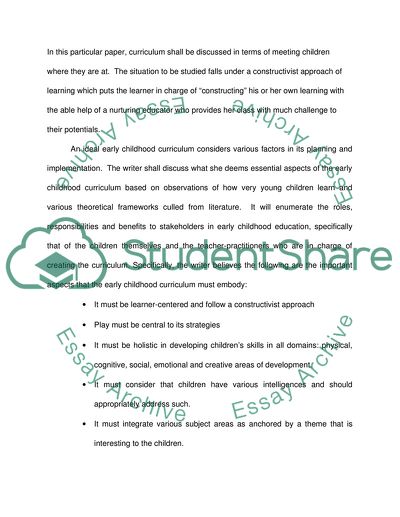Cite this document
(“Play and Pedagogy (Early Childhood Education) Essay”, n.d.)
Play and Pedagogy (Early Childhood Education) Essay. Retrieved from https://studentshare.org/miscellaneous/1554822-play-and-pedagogy-early-childhood-education
Play and Pedagogy (Early Childhood Education) Essay. Retrieved from https://studentshare.org/miscellaneous/1554822-play-and-pedagogy-early-childhood-education
(Play and Pedagogy (Early Childhood Education) Essay)
Play and Pedagogy (Early Childhood Education) Essay. https://studentshare.org/miscellaneous/1554822-play-and-pedagogy-early-childhood-education.
Play and Pedagogy (Early Childhood Education) Essay. https://studentshare.org/miscellaneous/1554822-play-and-pedagogy-early-childhood-education.
“Play and Pedagogy (Early Childhood Education) Essay”, n.d. https://studentshare.org/miscellaneous/1554822-play-and-pedagogy-early-childhood-education.


